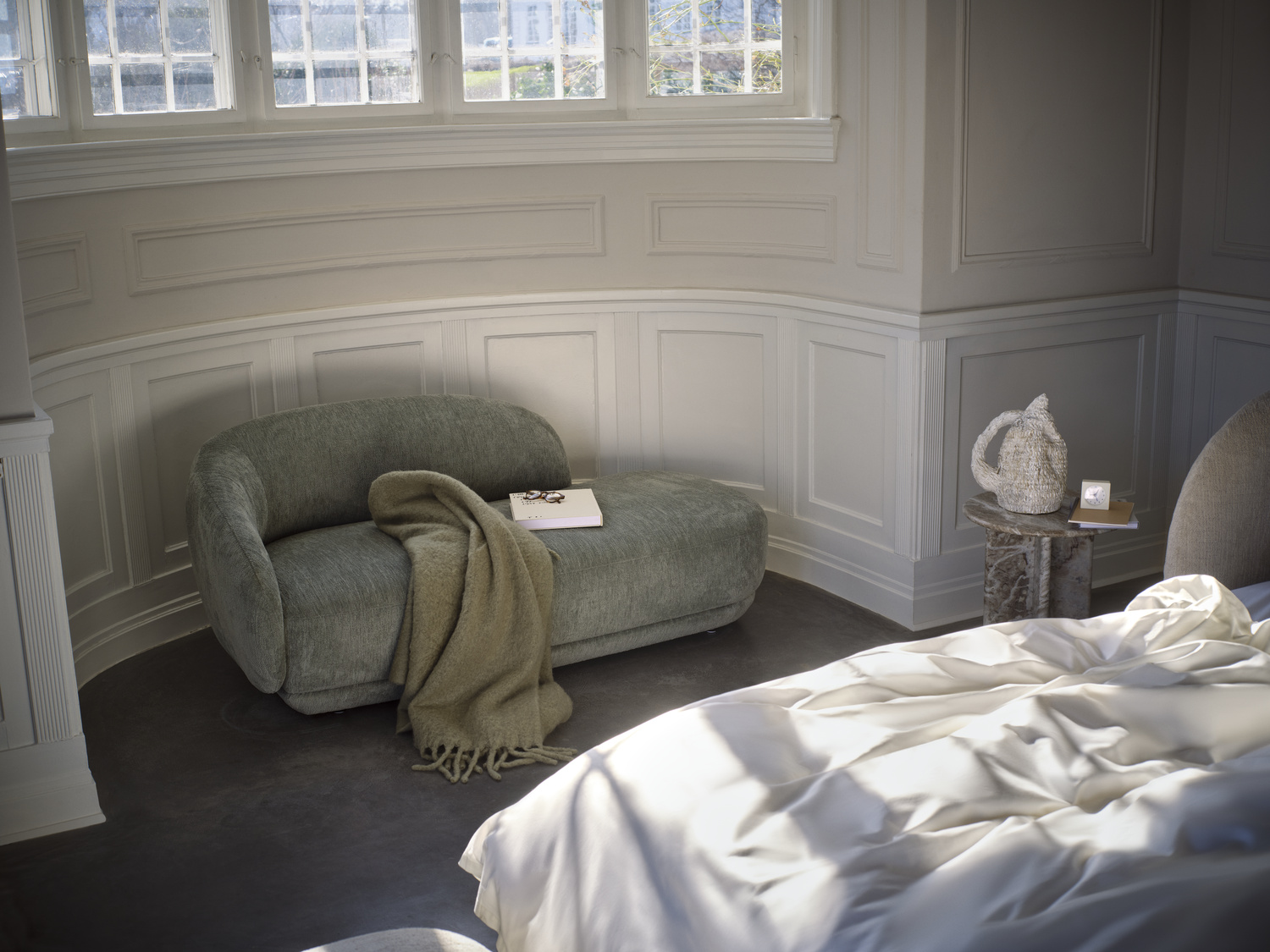Convenient, flexible, and allowing you to have your own social circle, co-living might be the best option! With features that are not found in any other living space concept, co-living apartments have gained much attraction to entrepreneurs and developers.
Newly built co-living apartments are now springing up in cities across the globe where innovative and smart features are integrated into stunning modern interiors. Who wouldn’t want to live in a fully-furnished and newly built home complete with all the amenities you need?
Aside from the rising cost of housing and changes in the work structures, co-living is an attractive avenue for the young. People in their 20s to 30s are more likely to thrive in a social circle and this is what co-living has tapped into making it an attractive option for young workers. And, because of these societal and technological shifts, there is a change in the perception of what ownership and habitat from the present youth’s viewpoint is construed.
At present, developers and business minds are now raising to capitalize on the new trend as the rise of co-living spaces continues to soar. Making modern co-living both an opportunity and challenge for space planners, architects, and interior designers to probe how to create a shared space different from traditional co-living.
Understanding the Modern Co-living
The concept of communal space where members are not from the same family but have similar interests is not a novel living system. In fact, “hacker houses” or “communes” have been existing in the heart of North Capitol Hill since the early 2000s. But today’s modern co-living spaces are a far cry from the insufficient co-living space in Silicon Valley.
Most marketed shared spaces offer stunning interiors complete with all the amenities and automated features. Smart and energy-efficient appliances, free Wifi, refilled soaps, and other essentials, community apps, and even having more than three variations of coffee makers are valuable features that no other habitat living can offer.
Open spaces may be hard to come by, especially in cities with limited spaces. With proper planning and consultation, these free spaces are possible to achieve.
The Firsts of Co-living
Before the “hacker houses,” the “Isokon” by Wells Coats was designed in north London around 1933 to 1934 as a part of an advanced modernist discourse in Britain spearheaded by Modern Architectural Research Group. The “Kensal House” is another attempt at the design of shared living spaces, conceptualized in 1937 by Maxwell Fry and Elizabeth Denby.
Large companies like WeWork and other property developers have started to integrate co-living with their business ventures, and one of the largest co-living spaces is the Vanke Port Apartment in China which has 60,000 units.
Continued support from major cities such as New York has offered co-living companies to build affordable housing in the city.
Rising Popularity of Co-living
The rise of co-living continues to attract the young both commuting and remote workers as it mainly offers a cheaper alternative than the typical apartment living. Even moving in seems breezier as most co-living companies offer hassle-free and online booking. Mobile applications of the co-living companies also provide conveniences and other perks such as news on upcoming social events in your community. These extra services help create a well-connected community.
Opportunities and Challenges for Space Designers
As millennials (born 1980 – 2000) are the main driving forces that continuously boost the thriving co-living community, yet, is there a possibility that these modern habitats can cater to the older generation?
The challenge now is how planners, interior designers, and architects can create a communal space where this time intergeneration and international races can come together.
The Importance of Space Designing
Now, the challenge for space planners is how to strike a balance between private and public spaces while creating a flexible and innovative habitat. A lot of space designers have taken interest in this new trend and commissions from developers are starting to pour in. Being at the forefront of providing solutions to designing shared spaces, professionals and entrepreneurs are now at the forefront of providing efficient solutions on how to sustain this growing need.
Co-living is the future of housing, but for now, the present market for shared living has always targeted young people, most especially those who are in the freelancing sector. Telecommuters, digital nomads, artists, musicians, and interns make up the patrons of most co-living spaces. The technologically dependent generation will continue to require these kinds of living spaces.









